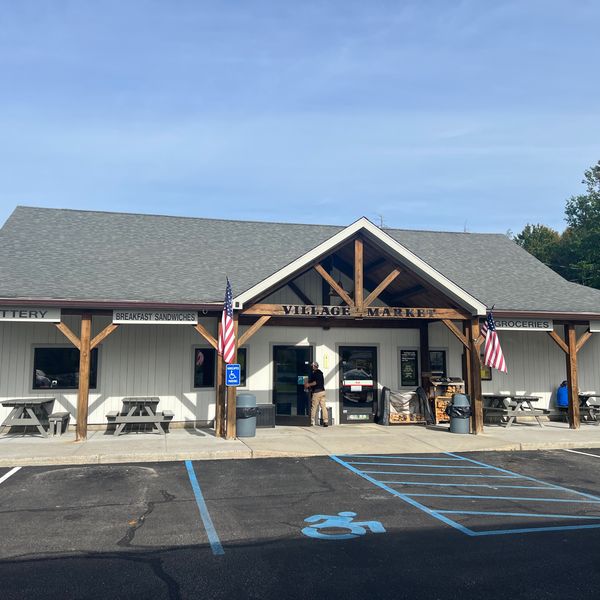It’s a tepid season for summer rentals

Heated pools, like this one at a rental property in Sharon listed by Klemm Real Estate at $22,500 a month, are in high demand when it comes to summer vacation rentals. Photo courtesy of Klemm Real Estate

 Jackson McAvoy is a junior at HVRHS.Photo by Riley Klein
Jackson McAvoy is a junior at HVRHS.Photo by Riley Klein








